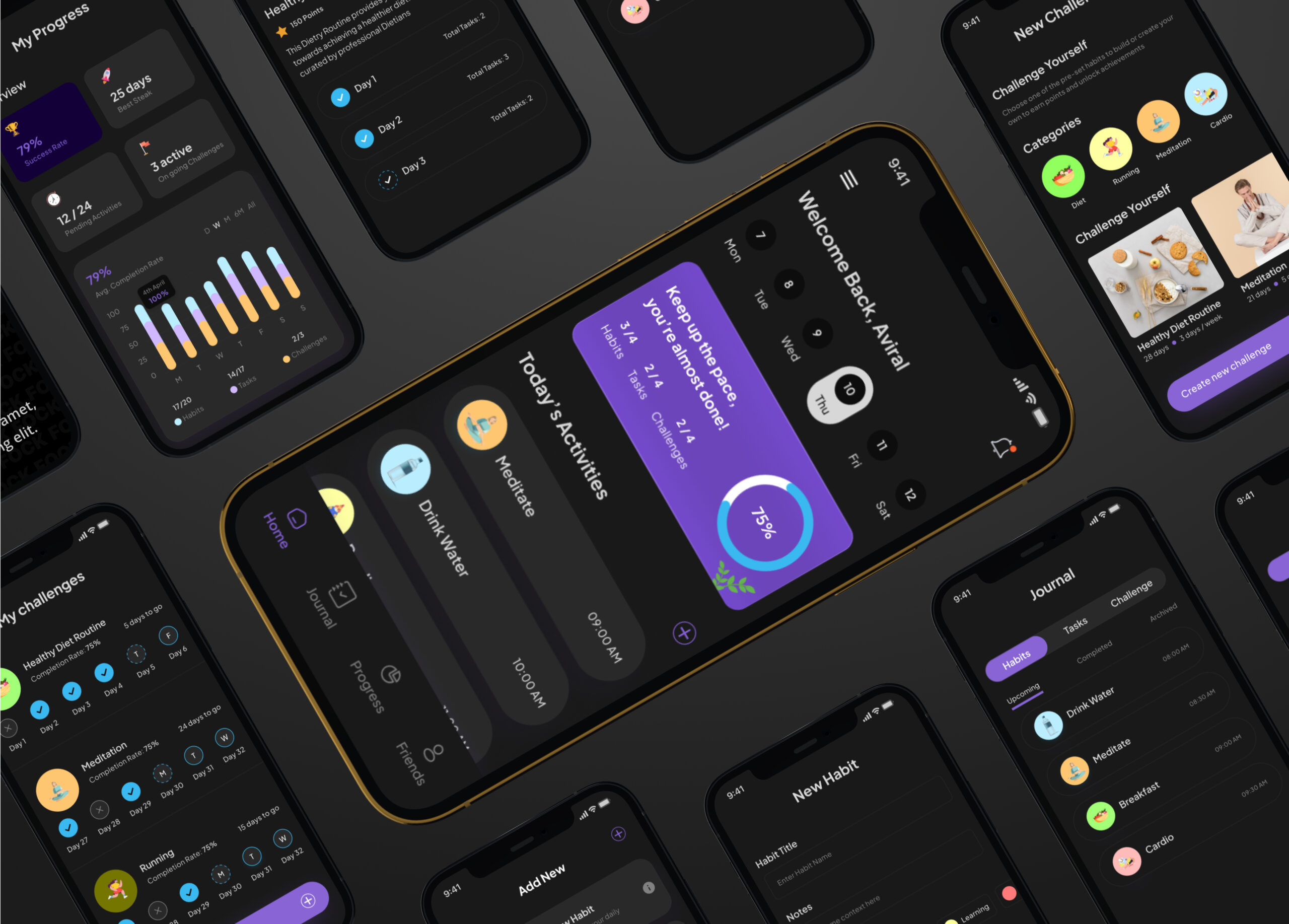Introduction
The age-old debate of whether to code or not to code is undergoing a revolution thanks to the rise of no-code and low-code platforms. These platforms empower non-technical individuals to create complex applications without writing traditional code. Let’s dive into this exciting shift in the world of software development.
No-Code and Low-Code: What's the Difference?
- No-Code: No-code platforms require minimal to no coding skills. Users can create applications through visual interfaces and drag-and-drop elements.
- Low-Code: Low-code platforms offer more flexibility, allowing users to build applications with some coding but at a higher abstraction level. It bridges the gap between traditional coding and no-code.
Advantages of No-Code and Low-Code
- Rapid Development: These platforms accelerate the development process, enabling quicker time-to-market.
- Accessibility: Non-technical users can actively participate in app development, reducing dependency on developers.
- Cost Savings: Lower development costs due to reduced coding hours and streamlined workflows.
- Scalability: Easier scaling of applications as business needs evolve.
- Innovation: Encourages innovation by empowering users to experiment with app ideas


When to Use No-Code or Low-Code
- No-Code: Ideal for simple applications, prototypes, and quick solutions. It’s perfect for entrepreneurs, small businesses, and non-technical individuals.
- Low-Code: Suited for more complex applications that require specific customizations and integrations. It’s a good choice for medium to large enterprises.
Challenges
- Customization Limitations: No-code platforms may not support highly customized or intricate applications.
- Scalability Concerns: Complex, high-traffic applications may outgrow the capabilities of some low-code platforms.







